Published in the Sunday Navbharat Times on 13th July 2025
“The islands in April?” Nicoleta, our Greek partner, laughed gently. “Oh, there will be nothing but goats!” she said with a wink. “Everything’s closed. The real time to visit the islands, especially the smaller one is summer.” That one sentence planted a whole new idea in my head—why limit myself to one trip? Why not go to Greece twice… or even thrice? Once in the summer, to experience the golden-hued glory of the islands, and another time—maybe even in winter—to explore the lesser-known northern side of the mainland. And why stop there? Why not make a third trip to see the neighbouring countries—perhaps Egypt, or Cyprus, where legends walk and history whispers from ancient stones? After all, how can you possibly absorb over 5,000 years of civilisation in just a week or two?
Greece is more than a destination; it's an emotion. When I close my eyes and think of Greece, I don’t just see whitewashed houses and blue domes. I feel something. I feel the Mediterranean breeze, the warmth of olive oil on fresh bread, and the sound of clinking wine glasses as the sun dips below the caldera. In fact, I brought a piece of Greece home with me—a small painting made on wood from Santorini that now hangs in my balcony, strategically placed beside a blooming bougainvillaea. And whenever the flowers are in full bloom, it’s like I’m transported back to the island.
With over 6000 stands and islets, out of which 227 are inhabited, deciding which islands to visit is quite a task. Some travellers tell me, “I don’t want to go where it’s mainstream, like Santorini.” But here’s the truth—Santorini became mainstream for a reason. Because it’s breathtaking. Magical. Surreal. Shaped by one of the largest volcanic eruptions in history (around 1600 BC), the island is a geological wonder. It has red, black, and white sand beaches, dramatic cliffs, and mesmerising sunsets that make people applaud as the last ray disappears.
And yet, it has no natural water source. Every drop is desalinated or shipped in, and showers often have a slightly salty touch. Still, it was one of my favourite places—not just for the views, but for the feeling of stillness, the winding walks in Fira, the blue domes of Oia, and the spontaneous ferry rides that are less novelty, more lifestyle in Greece.
Before I went, I had this romantic image in my head of the ferries and co-passengers on a ferry—thanks to movies like Mamma Mia and My Big Fat Greek Wedding—and the ferries didn’t disappoint. Large, stable, efficient, and even capable of carrying cars, they’re a wonderful way to island-hop. We left our luggage in designated areas, sat by the window, and watched the sea stretch endlessly, islands popping into view like pearls in the Aegean. And once you get used to it, you start looking forward to the next one. Watching people and even cars load up on a ferry is one of my favourite things to do. I love observing tourists from all around the world and mainly the locals, which gives us a glimpse into real Greek life.
The heart of Greece is the Greek Village Life, the Real Treasure. If the sunsets are what lure you in, the villages will steal your heart. From Santorini’s hidden art shops to cobblestone alleys selling handmade jewellery, there’s so much to discover if you just walk slowly. Symi, for example, is one of the prettiest little Greek villages, accessible by boat from the bigger island of Rhodes. Its pastel houses shimmer under the sun thanks to a 19th-century Venetian law that still shapes its architecture. It was once a sponge-diving capital, and its Panormitis Monastery is said to have miraculous powers—many believe prayers here bring healing and good fortune.
Rhodes is where Time Stands Still.A medieval village surrounded by towering walls, cobbled streets, and the echoes of the Knights of St. John. Once home to the Colossus of Rhodes—one of the Seven Wonders of the Ancient World—its old town is the largest medieval city in Europe. It feels like walking through a history book… except warmer, brighter, and more alive. Just make sure you have comfortable shoes and a sense of adventure!
Certainly! Here's the entire note rewritten as one continuous, flowing paragraph:
Greece is often called the cradle of Western civilisation, and for good reason—it has given the world some of its most enduring and influential ideas. Ancient Athens introduced the concept of democracy around the 5th century BCE, where citizens actively participated in public decision-making, laying the groundwork for political systems still in use today. In the realm of philosophy, great thinkers like Socrates, Plato, and Aristotle explored the nature of ethics, logic, and human existence, shaping the intellectual foundations of the modern world. Greece also gave us theatre, with the invention of tragedy and comedy; the works of playwrights such as Sophocles and Aristophanes continue to influence drama and literature across the globe. The Olympic Games, first held in Olympia in 776 BCE, celebrated physical excellence and unity, and their modern revival is one of the most prominent global traditions today. In mathematics and science, pioneers like Euclid, Pythagoras, and Archimedes introduced principles in geometry and physics that remain fundamental. Greek architecture, exemplified by the Parthenon and its iconic Doric columns, set timeless standards for symmetry and beauty, while its sculptures continue to inspire awe. Furthermore, Greek mythology and literature—from Homer’s epic tales to the timeless stories of gods and heroes—have shaped storytelling across cultures. In essence, Greece has gifted the world with a legacy of knowledge, beauty, and human spirit that continues to define how we think, govern, create, and dream.
And all of this comes alive in Athens. Walking through Plaka, the old neighbourhood at the foot of the Acropolis, feels like time travel. You’ll see narrow streets, flower-draped balconies, and shops selling ceramics, sandals, and gold jewellery—just as they might have centuries ago.
The Acropolis, perched proudly above the city, was once said to be painted in vivid colours—reds, blues, and golds. The Parthenon is the main temple on the Acropolis, built between 447 and 438 BCE, and dedicated to Athena Parthenos, the patron goddess of Athens. Long ago, this city had no name. Poseidon, god of the sea, and Athena, goddess of wisdom, each offered a gift. Poseidon struck the earth, creating a saltwater spring—symbolic of sea power. Athena, in contrast, planted the first olive tree, offering food, oil, wood, and peace. The people chose Athena’s gift, and the city was named Athens in her honour. As a symbol, you can see an olive tree that still stands near the Erechtheion Temple on the Acropolis.
Greek Mythology extends to the neighbouring countries, too. If Greece gave us Athena, neighbouring Cyprus gave us Aphrodite, the goddess of love, beauty, pleasure, and desire.
Aphrodite was associated with fertility, passion, and even aspects of maritime life, as she was born from the sea foam (hence her connection to places like Cyprus and Paphos, her legendary birthplace). On a day trip to Paphos, you can visit Petra tou Romiou—the legendary spot where Aphrodite is said to have risen from the sea foam. In Cyprus, wander through the ancient Kingdom of Kourion, a Greco-Roman amphitheater overlooking the sea, and marvel at 4th-century mosaics at the Tombs of the Kings.
A scenic drive takes you to the Troodos Mountains and the sacred Kykkos Monastery, wrapped in clouds and pine forests. End the day in Omodos, a picturesque village of wine, cobbled streets, and sweet Cypriot hospitality, and before you know it, you have ticked off another country from your bucket list!
Greece and Cyprus aren’t just destinations—they’re emotions. They stay with you. In your skin, your senses, your soul. The food, the warmth, the history, the myth—it all becomes a part of you. You can’t see it all in one trip. But maybe that’s the point.
Go once for the views. Go again for the villages. Go again for the stories. Because the islands are calling. The gods are waiting. And somewhere beyond the blue, a bougainvillaea sways in the breeze—just for you.













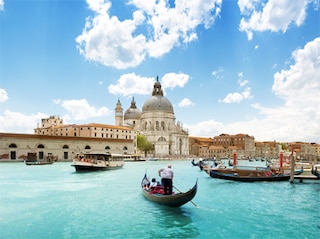
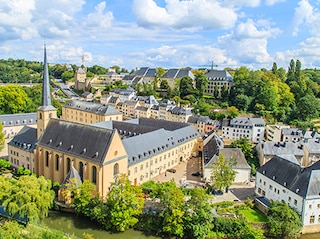
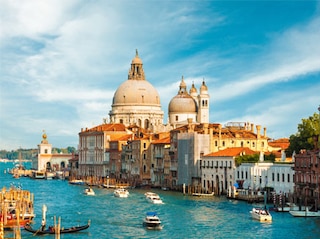




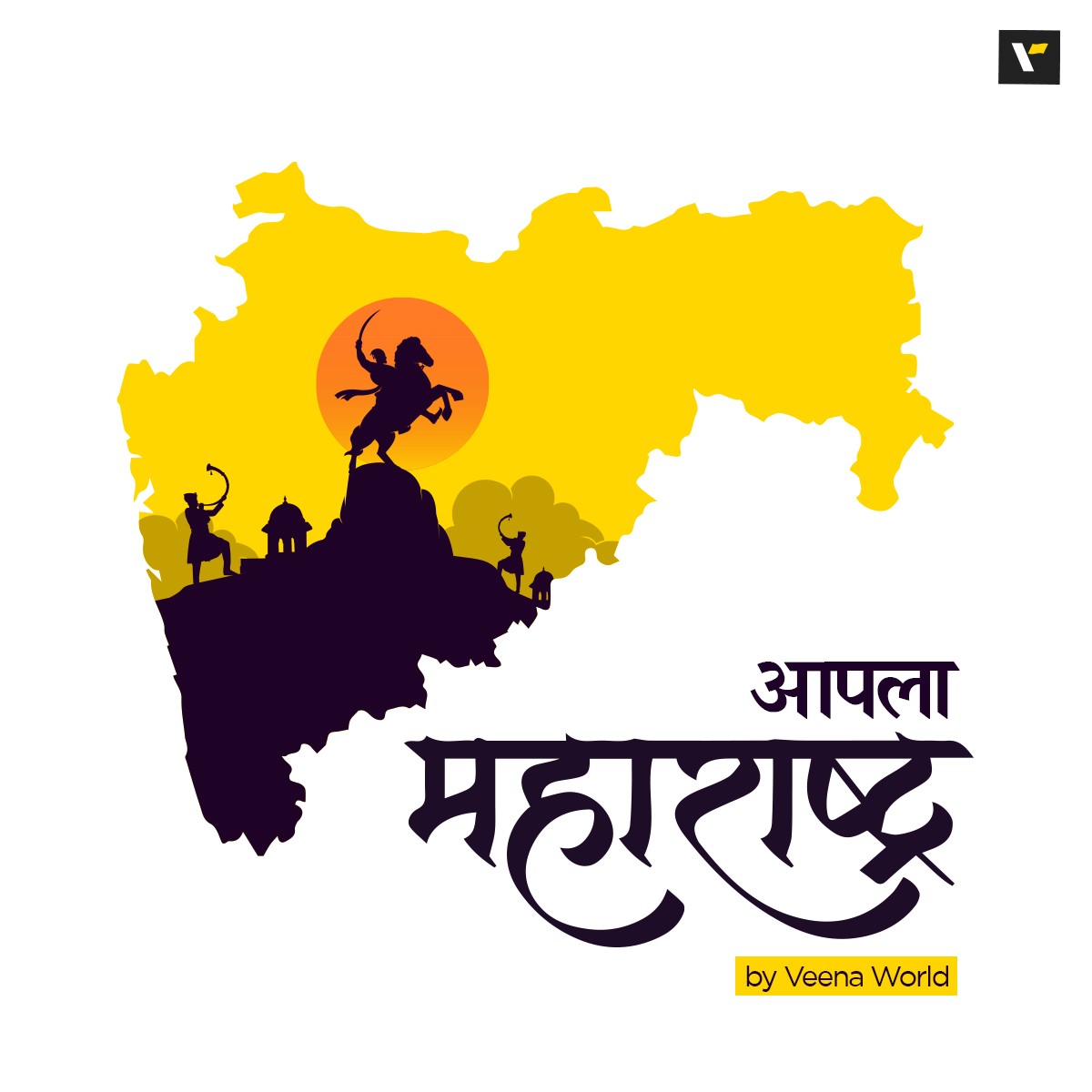









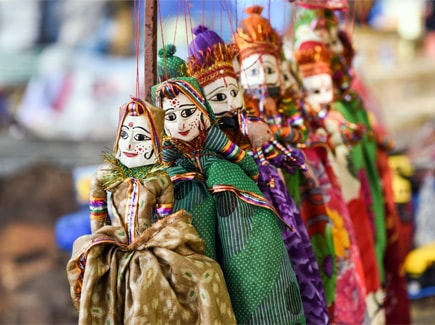

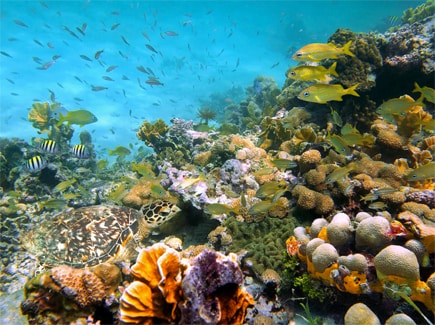
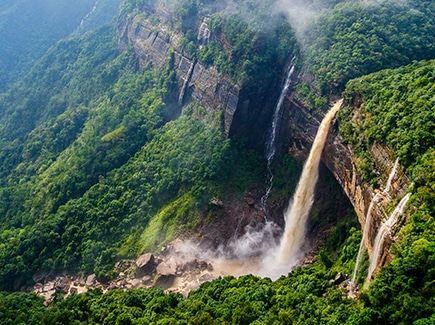




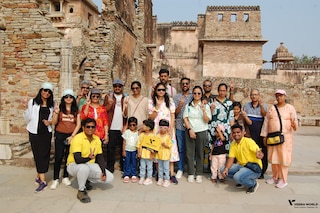


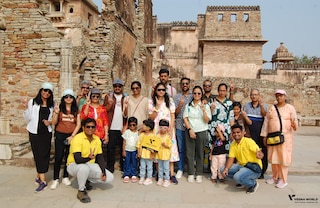




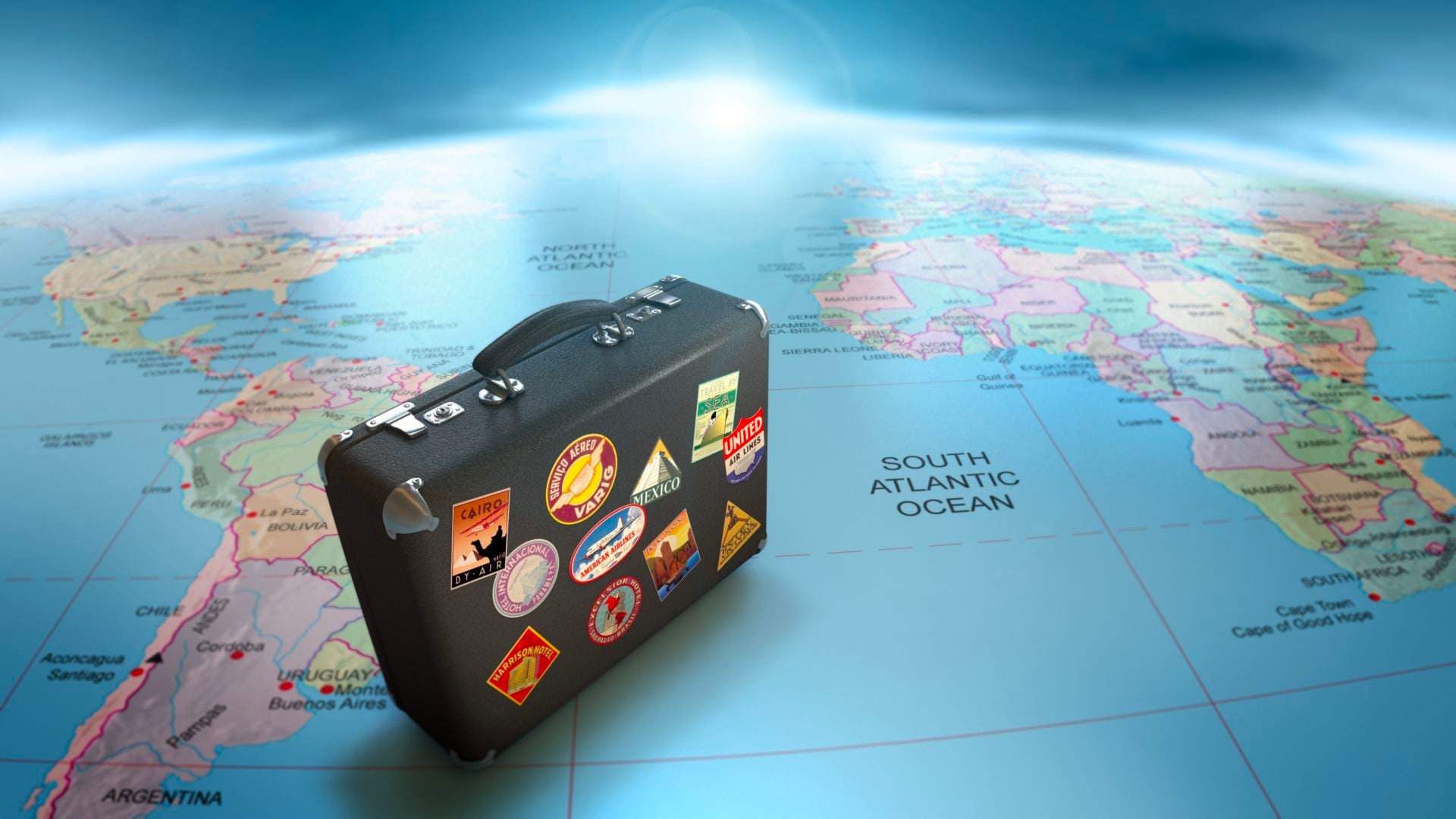

Post your Comment
Please let us know your thoughts on this story by leaving a comment.